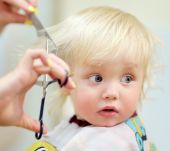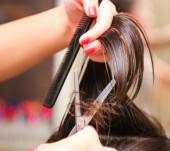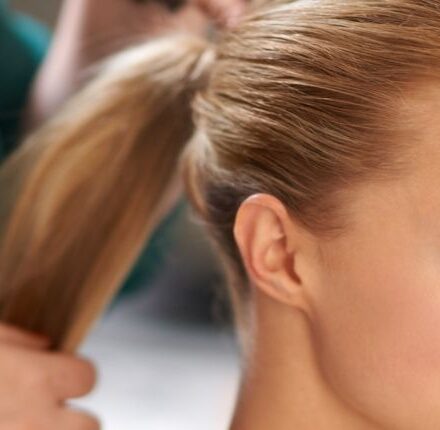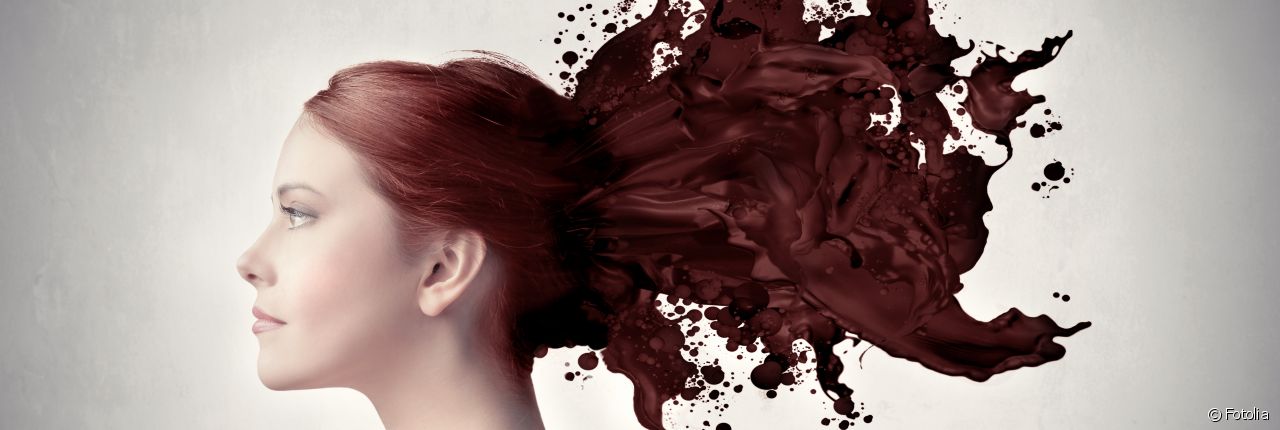
Home colouring: what not to do
Even when you’ve got the instructions, it’s not always easy to avoid mishaps when colouring your hair yourself at home. The result will never be as perfect as when you get it done at the hairdresser’s. But if you still decide to take the plunge, here are a few tips. So, don’t…
… colour your hair yourself if you have fragile hair. “It can be done but you need to work out just how fragile your hair is to avoid causing any further damage.” If your hair is permed or already coloured, it can be coloured as long as it is not damaged. “Using henna can be a good way of helping the colour stick, and can be particularly useful if you have fair hair and want to go darker.”
…overload your hair with colour. It’s often tempting to colour your whole head when all you want is get rid of your roots. Mistake! “If your hair is already coloured, apply the colour to the roots only and leave on for a third of the time stated. To brighten up your hair, apply the product to the mid-lengths as well, but rinse after 5 to 10 minutes.”
…try to lighten your hair with a home colouring product. If your hair is already coloured, you can dye it darker at home, but not lighter. “One colour will not lighten another colour. If you’re a brunette and want to go blonde, applying a blonde colour will not give you the result you’re after. The roots will often take to the colour, but not the lengths… total disaster!”
…forget to test the colour if you’re using it for the first time. “Even if it’s just a temporary colour, you still need to do a test. This is the only way of making sure you’re not going to have an allergic reaction to the product.” Apply the product to an area of your skin and leave on for the time stated. If your skin doesn’t react, then go for it!
…apply in a slapdash fashion. Be meticulous when applying the product so you don’t miss out certain sections. “Take the bottle provided and start applying the product to the roots, parting by parting. Leave no more than a centimetre gap. Apply the remainder of the product across your hair, then comb through to distribute it evenly throughout.”
…leaving specks of colouring product around your face. Wash it off before you wash your hair, as shampoo tends to fix the colour, which will make it more complicated afterwards. “Look in the mirror to see where the stains are then take a piece of hair covered in the product and rub it on the problem areas. This is the most effective technique!” Now wash your hair.
Our tip: Don’t forget to use the care product provided with the colouring product. Coloured hair leaves your hair fragile, but this product will hydrate it. If you have professional products at home, use those instead.
You would also like...
-
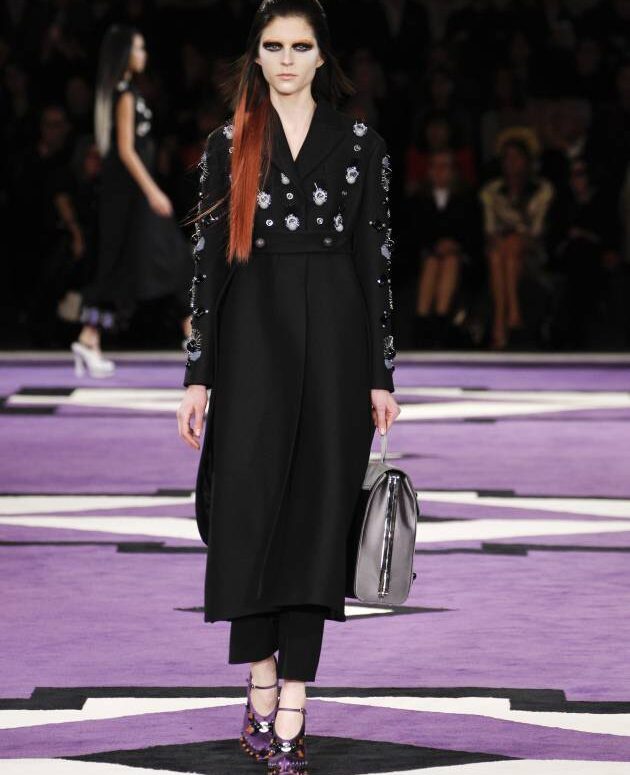 Hair colouring
Two-tone hair
After pink hair or smurf-style blue shades, and not forgetting the dip dye technique, here’s a new colour trend to take your fancy: the two-tone. No need to worry about having to choose between two…
Hair colouring
Two-tone hair
After pink hair or smurf-style blue shades, and not forgetting the dip dye technique, here’s a new colour trend to take your fancy: the two-tone. No need to worry about having to choose between two… -
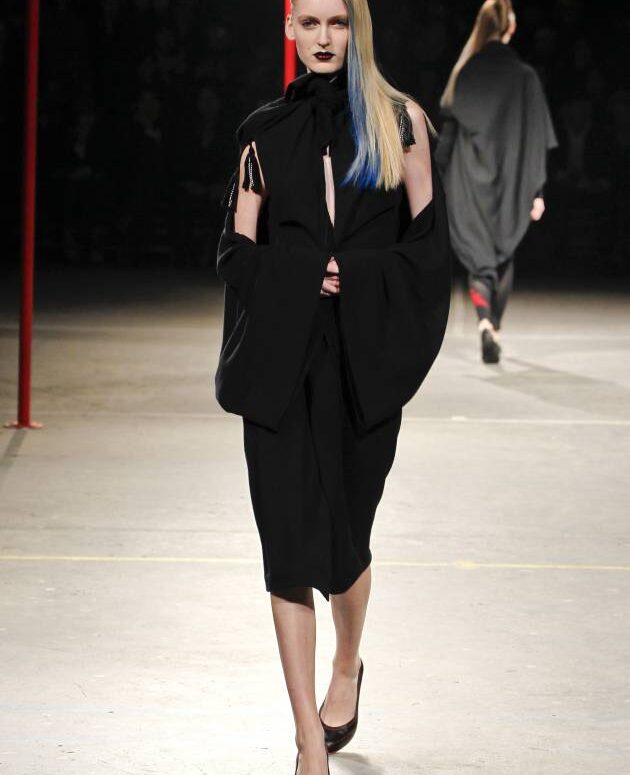 Hair colouring
Rita’s most radical hairstyle change...
“I’m not usually one to follow all the latest trends, but when the celebs started wearing funky colours in their hair, I must admit that I fell in love straight away! Even though the result can…
Hair colouring
Rita’s most radical hairstyle change...
“I’m not usually one to follow all the latest trends, but when the celebs started wearing funky colours in their hair, I must admit that I fell in love straight away! Even though the result can… -
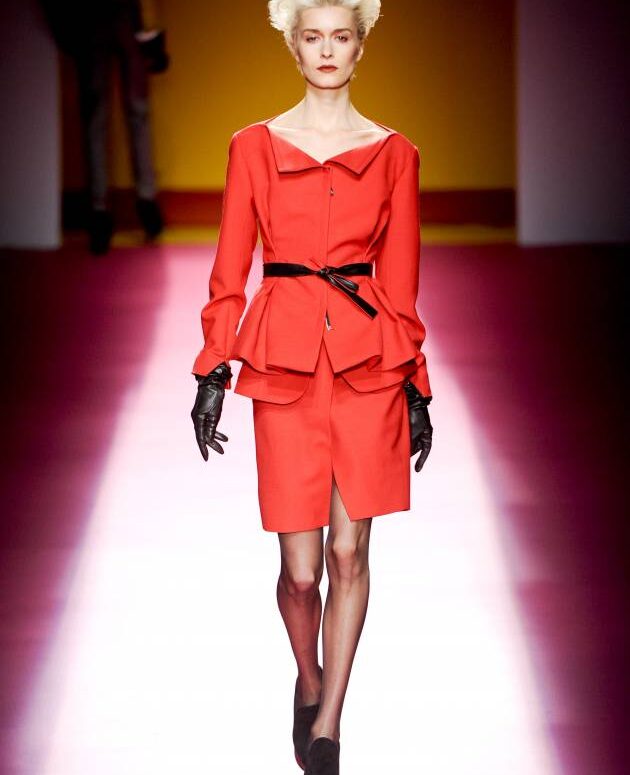 Hair colouring
Autumn-Winter 2012 hair colours
Apart from a few eccentricities seen on the catwalks for this new season, classic colours seem to be on their way back in. But classic is by no means dull and characterless! Discover the must-have…
Hair colouring
Autumn-Winter 2012 hair colours
Apart from a few eccentricities seen on the catwalks for this new season, classic colours seem to be on their way back in. But classic is by no means dull and characterless! Discover the must-have… -
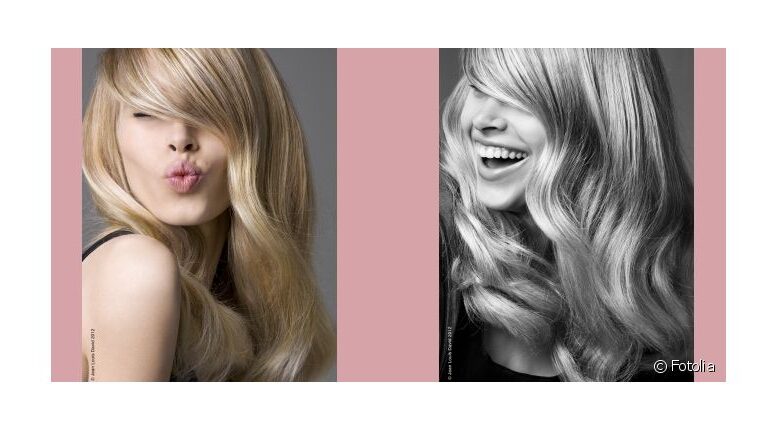 Hair colouring
Streaking: the dos and don’ts
Streaking is a permanent colouring technique which involves highlighting certain sections of the hair to create an attractive contrast. Follow our advice to avoid any unpleasant surprises. First of all, avoid streaking your hair yourself at…
Hair colouring
Streaking: the dos and don’ts
Streaking is a permanent colouring technique which involves highlighting certain sections of the hair to create an attractive contrast. Follow our advice to avoid any unpleasant surprises. First of all, avoid streaking your hair yourself at…
Not to be missed
-
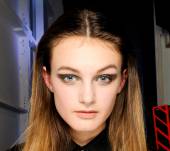 Hair colouring Colour trend: dip dye
Hair colouring Colour trend: dip dye -
 Hair colouring Flamboyant red
Hair colouring Flamboyant red -
 Hair colouring Pink hair madness
Hair colouring Pink hair madness -
 Hair colouring Anne’s craziest hair make-over
Hair colouring Anne’s craziest hair make-over

 France
France
 Spain
Spain
 Italy
Italy
 Polska
Polska
 Portugal
Portugal
 Mexico
Mexico
![[EN] Jean Louis David [EN] Jean Louis David](https://www.jeanlouisdavid.us/app/themes/jld/dist/images/svg/logo-jean-louis-david.svg)


